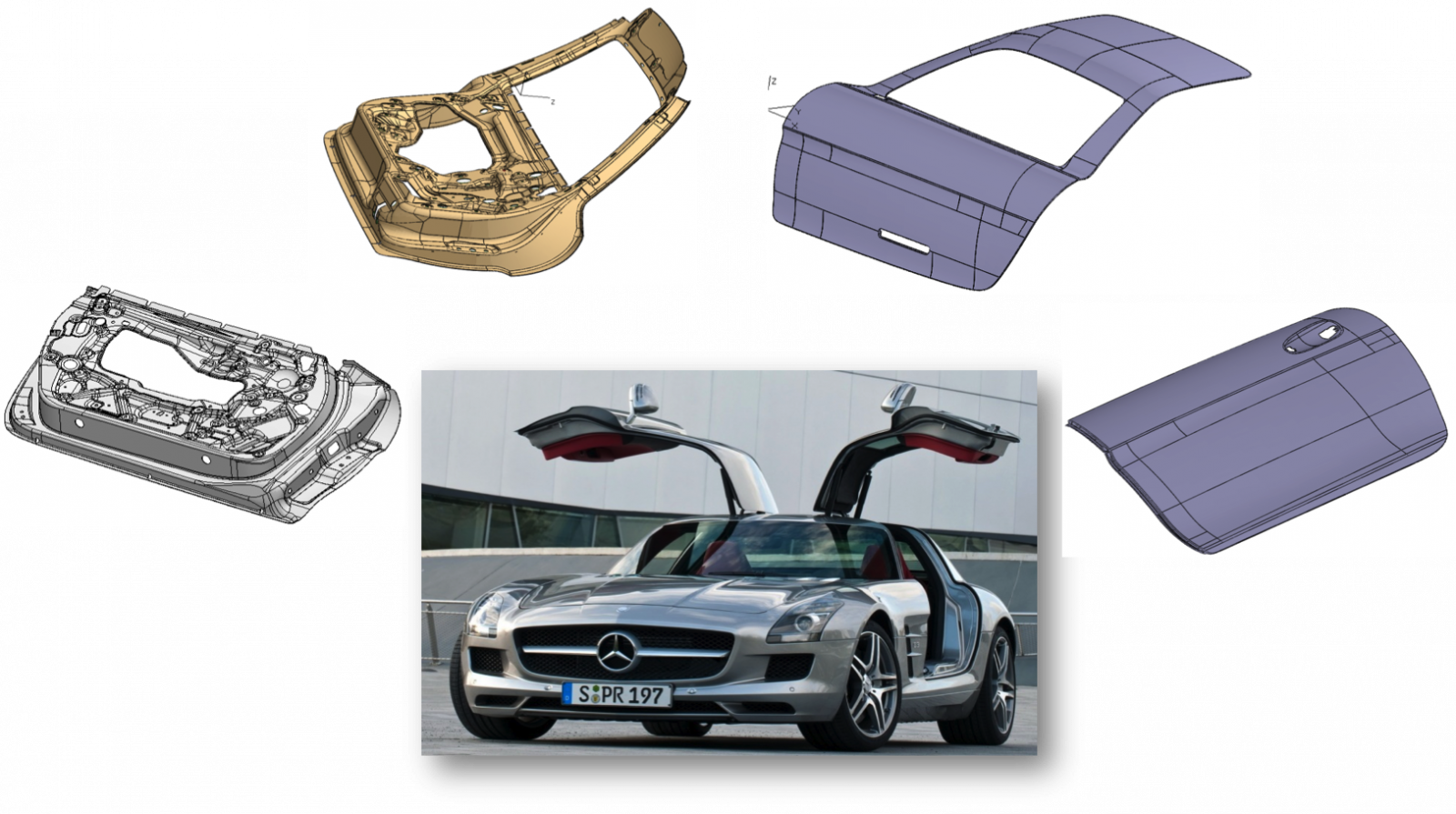Superplastic forming is an industrial process for creating precise and complex forms out of metal.
Process
To begin with, the material must have an ultra-fine grain size. It is then heated up to promote superplasticity. For titanium alloys e.g. Ti 6Al 4V and some stainless steels this is around 900 °C (1,650 °F) and for aluminium alloys it is between 450–520 °C. In this state the material is not very strong so processes that are usually used on plastics can be applied, such as: thermoforming, blow forming, and vacuum forming; it may also be deep drawn.

Advantages & disadvantages
The major advantage of this process is that it can form large and complex workpieces in one operation. The finished product has excellent precision and a fine surface finish. It also does not suffer from springback or residual stresses. Products can also be made larger to eliminate assemblies or reduce weight, which is critical in aerospace applications. Lower strength required and less tooling costs. McDonnell Douglas utilized SPF design and production technology into the F-15 in the 1980s. They developed the production equipment and tooling technology in St. Louis using both heated platen presses and quartz lamp tooling technology through the leadership of Engineers Ray Kittelson, Vern Mueller, and David Rohe.
The biggest disadvantage is its slow forming rate. Cycle times vary from two minutes to two hours, therefore it is usually used on lower volume products. Also materials must not be superplastic at service temperatures. More recently, superplasticity has been used to form parts for automotive applications.

Source: wikipedia.org
